
New hybrid forms of co-creation - what to consider
Osiris has conducted an evaluation of the open social innovation activities in the shadow of COVID-19 and drawn conclusions and summarized them.
The Osiris project is back with a new season of Open Social Innovation for regional development.
In the first season OSIRIS demonstrated how actors with different experiences and expectations can solve real-life societal challenges through OSI methods - stimulating a bottom-up co-creation process for regional development.
Towards the end of season one, the pandemic hit and limited the important face to face interactions. This disrupted the collaboration process, but on the other hand, boosted smart working, and many distance-based collaborative tools for co-creation etc.
It did, however, leave us all with a feeling of uncertainty about the future and the role that OSI can play in regional development. But never questioning the need for engaging citizens – just finding new ways of doing it.
Europe is currently facing the challenges of the ecological transition and digital transformation. This means re-designing the human interaction with the physical environment for a more resilient society and sustainable way of living. In this post pandemic recovery, getting everyone onboard in a green and digital transition is at the forefront.
Building on prior results, the partners of Osiris will contribute to face these challenges by the following actions:
Based on these additional activities, the partners will produce:
You can access our results on this website as well as on Facebook, Twitter and Youtube.
And to sum it up, we have this video! Thank you for following us during the years of open social development and co-creation for regional development. And do not hesitate to get in touch.
€2,091,447.00
Research and innovation
The Policy Instrument (PI) of region Vasterbotten (RVB) aims at challenges due to Sparsely Populated Areas (SPA), large distances to urban centres and major markets. The SPAs have essential challenges with local markets´ functionality and availability of other national and international markets. The SPAs draw higher costs for public/commercial service functions for residents and local businesses. A main focus is innovations to improve Industry, Health, Life Science, Energy/Environmental sustainability, Creative industry and Digital Service development for Smart Region. This includes border-crossing services and open innovation, for urban areas and SPAs, with physical and on-line meeting places for key actors. An eco-system for co-creative open innovation, the Innovation loop, is a regional Good Practice involving key actors and citizens in the innovation process. The results from the Innovation Loop are very promising and there is a strong ambition to develop the PI taking these results into account One focus to strengthen the region's areas of innovation is ”points of intersection” - border-crossing between an area of expertise/industry/research with a different area to stimulate innovations. In intersections innovative leaps occur frequently. The innovation-potential by promoting meetings between sectors, businesses, organizations, research, society and citizens is embedded in the Innovation Loop processes. Projects contributing to intersections will be prioritized.
There is a need to improve the RIS-multilevel governance in Ostrobothnia and the connectedness within the Quadruple Helix (University of Vasa, Reports 195, 2014). This involves a bottom up approach with a stronger involvement of the citizens and the local community. OSIRIS will provide an answer to the need to creating new working process by exchange with and learning from other regions. OSIRIS will thus contribute to implement new projects and modify the content of the Policy Instrument by considering the following: 1) Broaden the concept of the innovation system to a quadruple-helix way of thinking 2) Ability to set up and host a system for incubating ideas into innovations and thus support better projects and better results in the form of products, services and processes 3) A more systematic common approach to the regional challenge of promoting innovations and thus improved governance of the implementation of the Structural Programme through the Regional Co-operation Group 4) Sound interregional best practice that contributes to policy actions within the program as well as to concrete projects. The governance structure allows the regions to pick out projects to be financed. The resources for funding are scarce which enhance the importance of picking the projects with the best impact.
Two objective of the PI will be affected by OSIRIS: • 1) ”Strengthen research, development technological and innovation” where the intervention priority is set on promoting business investment on R&I, developing synergies between companies, research centers and SME development, involving the higher education sector. The PI supports investments in product development and services, technology transfer, social innovation and eco-innovation, smart applications in public services, networks, open innovation clusters, through the smart specialization implementation. • 2) “Promoting the competitiveness of small and medium enterprises”, promoting entrepreneurship, facilitating the exploitation of new ideas and the creation of new firms, through business incubators and supporting the expansion of capacity for the development of advanced products and services. The PI can be improved during its development through the support of new projects which strengthen the regional eco-system and the open innovation process through new themes and topics inserted and funded within the PI itself. Moreover the establishment of an eco-system for co-creative open innovation network could improve the involvement of key actors and citizens in the innovation process, boosting the capacity to transfer the results of investment in research to the market with new products/services, supporting technological and applied research, pilots project and early products validation actions, especially in some KET.
The RIS3 policy for NL1 has set the aim to develop itself as a living lab region. Innovation is key here, and cooperation in the Quadruple Helix and particularly SMEs is a necessity. In the PI, it is discussed in Priority Axis 1: human capital, knowledge and innovation. Strengthening of research, technological development and innovation is named as the most important theme with 76% of the funds allocated to this priority. Effective use of these means also that those SMEs who are based further from classical points of knowledge transfer (University spin-offs and the like) should also be approached and should try to gain from this knowledge transfer. In this more dynamic world, where innovation is not a formal issue, innovation represents enormous opportunity for growth. Open innovation and collaborative innovation is a policy line that is currently not tackled sufficiently in the PI. The RIS3 specify a few ways to tackle this. One way of tackling this issue is developing projects with clusters of SME’s and Educational institutes which can close the gap between supply and demand of high educated employees. Another way is to develop activities focussed on network utilisation and matching especially approachable and cross-sectoral. Last but not least exchange of personal between SME’s and Knowledge institutes.
The Western Greece ROP overall ambition is to achieve the Europe 2020 targets for smart, sustainable and inclusive growth in line with the smart specialisation strategy via 5 main Strategic Objectives: 1. Strengthen of competitiveness & externalization of enterprises, spearheaded innovation and increase of national added value 2. Transition to an environmental friendly economy 3. Development & modernization of transport infrastructure. 4. Human Resources Development, Social Integration &Combat of Poverty and Discrimination 5. Development & modernization of social –health- educational infrastructure More specifically, OSIRIS is going to focus and contribute to the following objectives and characteristics as are described in the referring Western Greece Regional Operational Programme for Investments (ROP) for growth and jobs 2014-2020 (axis 1.b), which aims to reinforce the research, technological growth and innovation and promote business investment in research and innovation, develop and strength links and synergies among businesses, research and development centres and higher education, particularly by promoting investment in new products and services, technology transfer, social innovation, eco-innovation, providing new services for public sector, and encouraging networking and clustering and open innovation through smart specialization and supporting technological and applied research, pilot projects.
The CENTRO 2020 Programme will contribute to promoting the competitiveness of the Centro region's economy and its sustainable development and internal cohesion. It will also boost the region's ability to contribute to the achievement of the key EU and national development priorities. CENTRO 2020 is also a decisive instrument for the implementation of Smart Specialization Strategy defined in the central region (RIS3). With the implementation of European funds included in CENTRO 2020, the Centro region aspires to become Innovation Follower, and thus have as priorities, until 2020, sustain and strengthen the creation of value and the transfer of knowledge (PI 1), promote an industrialized economic structure (PI 2), competitive and exporter (PI 2), capture and retain qualified and innovative talent (PI 3), strengthening territorial cohesion (PI 4), structure a polycentric network of medium cities dimension (PI 5), giving life and sustainability to existing infrastructures and strengthen institutional capacity (PI 8 & 9). Of the 9 domains defined in the CENTRO 2020 strategy, OSIRIS project assumes a central role, with consequent spill over to its areas of specific action, and will be safe to say that the project will act on 5 of 9, and will bring contributions, good practices and positive experiences developed between Centro region and other project partners.
The Integrated Regional Operational Programme will be implemented via Regional Integrated Territorial Strategy. This regional level strategic document will serve as an instrument to address relevant needs on regional and local level in the field of education, social care, health, creative and cultural industry and environmental protection of the Prešov region. We consider the OSIRIS project as a great opportunity to exchange our know-how and learn from other partners’ Good practices. These could serve as good examples for policy makers and regional stakeholders and could encourage their involvement in further cooperation. We believe that it is important to engage local communities and local stakeholders in the decision process on how to implement the PI in region. Through collecting experience and exchanging knowledge during the project we will change the policy instrument from the “bottom (local) level” by involving relevant stakeholders of Quadruple-Helix Model in the process and thus further improve the exploitation of IROP Programme, mainly in the social, creative and cultural sector, which is underdeveloped in our region but with big potential for development, considering the abovementioned social needs.

Osiris has conducted an evaluation of the open social innovation activities in the shadow of COVID-19 and drawn conclusions and summarized them.
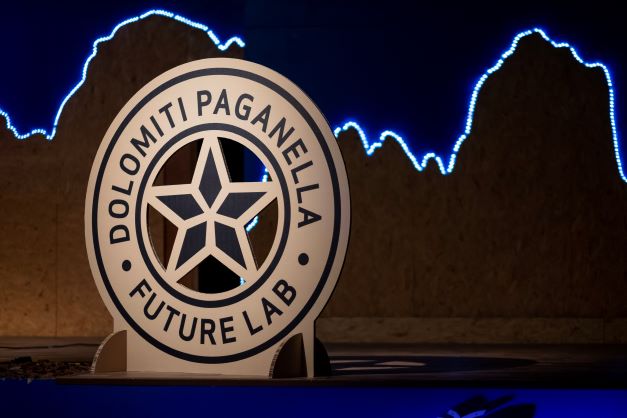
During phase two of our project, partners have identified good practices for working with co-creation and open social innovation during the pandemic.

During phase two of our project, partners have identified good practices for working with co-creation and open social innovation during the pandemic.
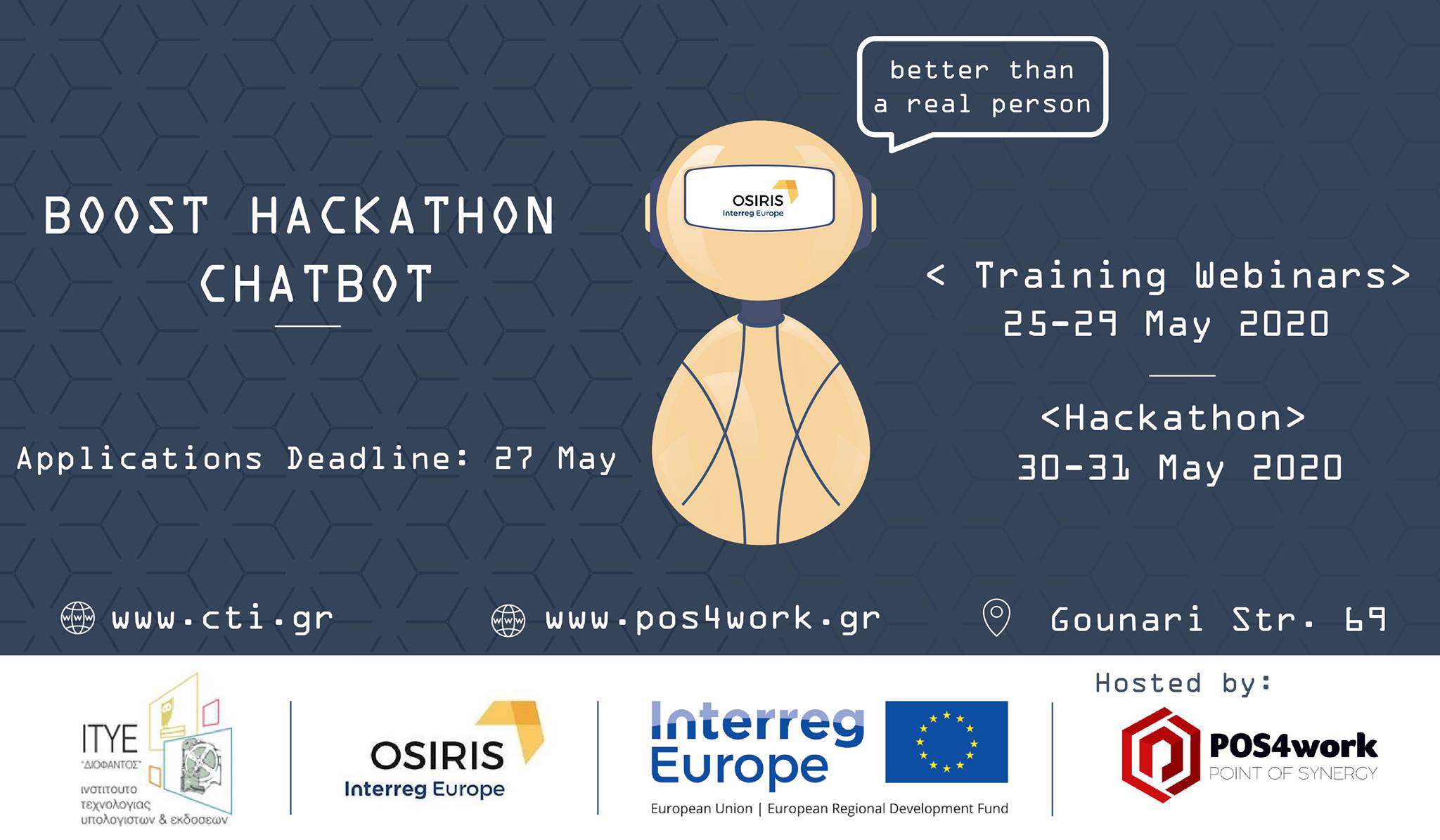
During phase two of our project, partners have identified good practices for working with co-creation and open social innovation during the pandemic.

During phase two of our project, partners have identified good practices for working with co-creation and open social innovation during the pandemic.
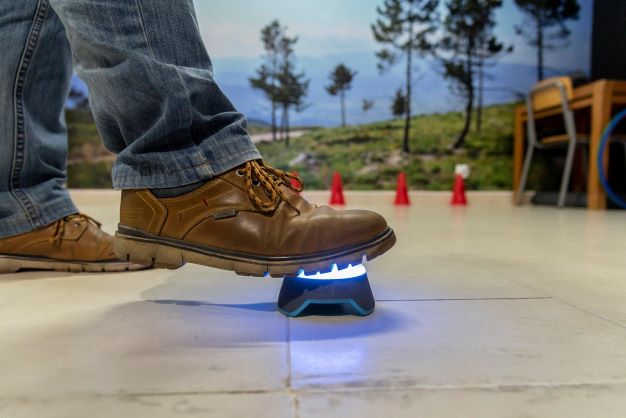
Good practice from Fundao: Memo_Move Cognitive Stimulation and Physical Exercise Programme - Future-focused response
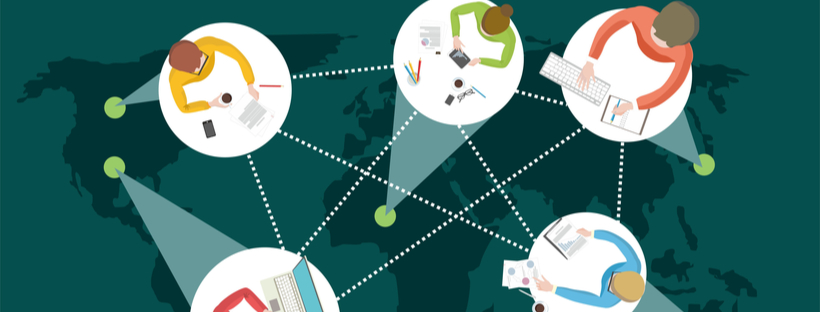
How did the landscape of cyber security change when almost all of us started to work from home?

The second in our series of webinars was streamed on Friday, June 17 and can now be watched on our YouTube channel.
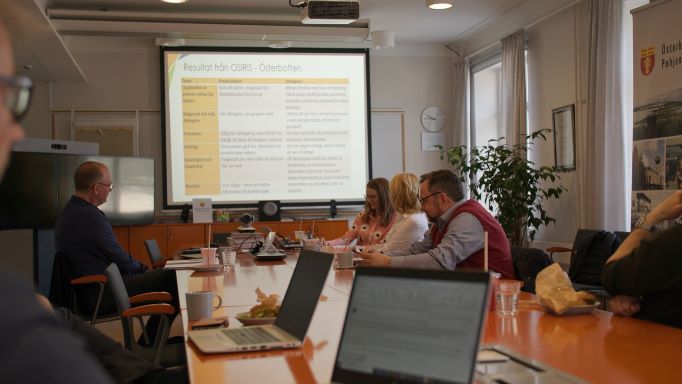
Ostrobothnian stakeholders in Osiris gather to discuss regional development and online co-creation.
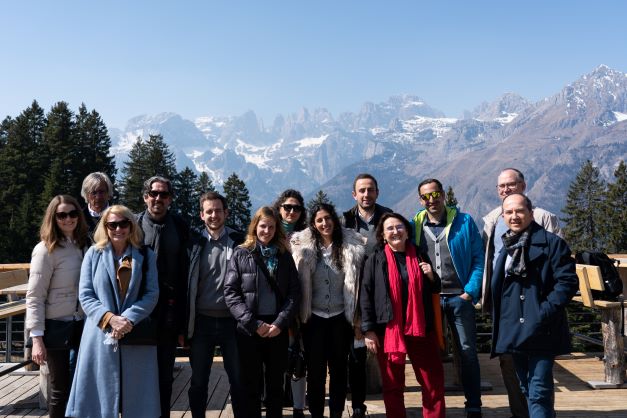
When the project partners finally could meet in person in Trentino, we had some really interesting and content-filled days.